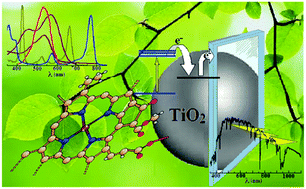Vegetable-based dye-sensitized solar cells
Abstract
There is currently a large effort to improve the performance of low cost renewable energy devices. Dye-sensitized solar cells (DSSCs) are emerging as one of the most promising low cost photovoltaic technologies, addressing “secure, clean and efficient solar energy conversion”. Vegetable dyes, extracted from algae, flowers, fruit and leaves, can be used as sensitizers in DSSCs. Thus far, anthocyanin and betalain extracts together with selected chlorophyll derivatives are the most successful vegetable sensitizers. This review analyses recent progress in the exploitation of vegetable dyes for solar energy conversion and compares them to the properties of synthetic dyes. We provide an in-depth discussion on the main limitation of cell performance e.g. dye degradation, effective electron injection from the dye into the conduction band of semiconducting nanoparticles, such as titanium dioxide and zinc oxide, outlining future developments for the use of vegetable sensitizers in DSSCs. We also discuss the cost of vegetable dyes and how their versatility can boost the advancement of new power management solutions, especially for their integration in living environments, making the practical application of such systems economically viable. Finally, we present our view on future prospects in the development of synthetic analogues of vegetable dyes as sensitizers in DSSCs.


 Please wait while we load your content...
Please wait while we load your content...